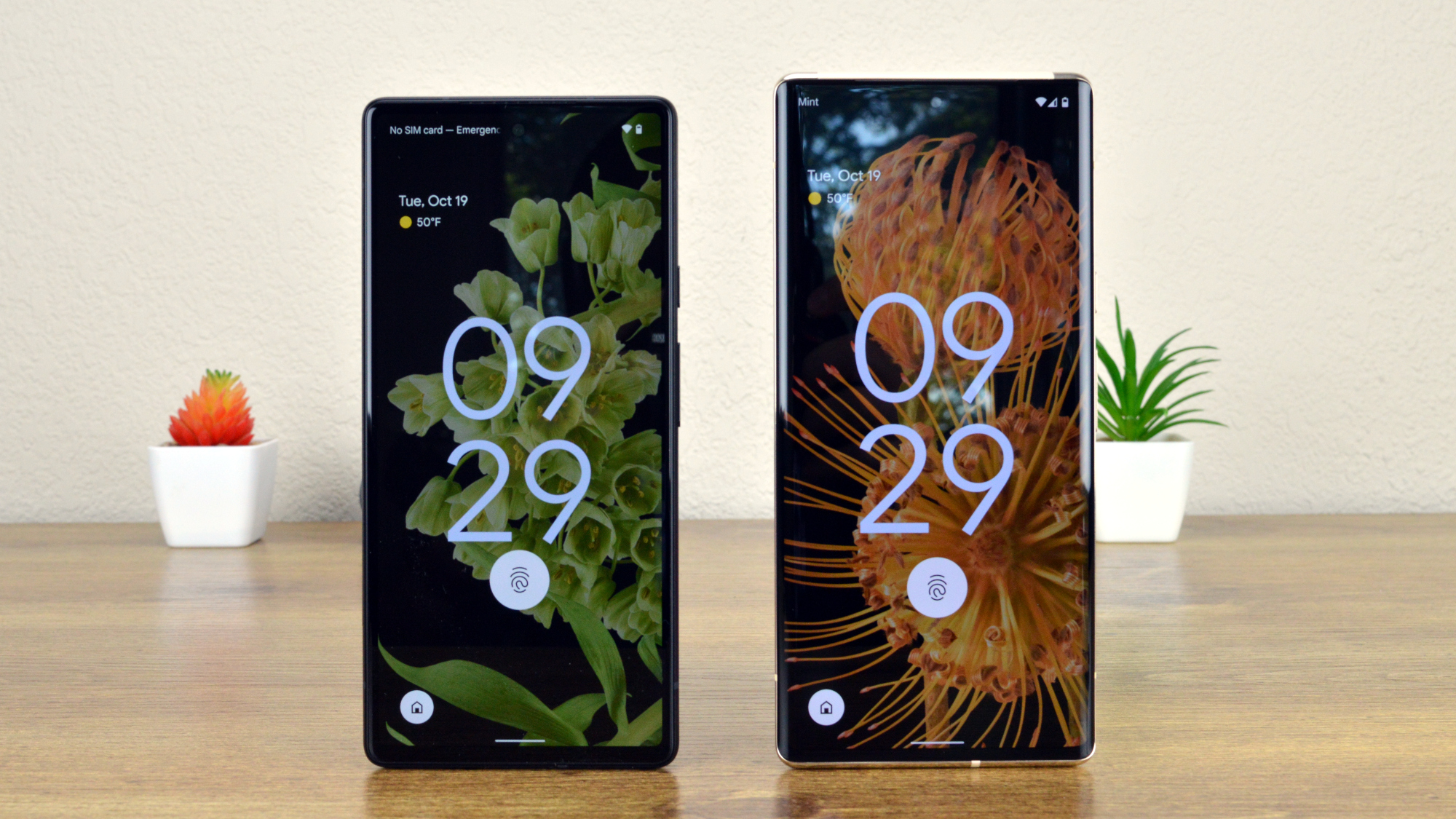The first Android 13 developer preview release dropped in mid-February, like clockwork. As in previous years, the first beta of a new Android OS targets developers. Regular Android users should stay away from it, and wait for the first public beta that arrives around the Google I/O conference. This year, Google is doing things a little differently. The first Android 13 public beta download is already here for Pixel 6 and other Pixel devices a couple of weeks before I/O 2022.
More interestingly, the beta isn’t restricted to Pixel devices. Google provides the tools that will allow other Android users to install the Android 13 public beta on their devices. The first public release is more stable than the developer preview, but you should still expect bugs ahead. That’s to say that running beta releases on daily drivers might not always be in your best interest.
How to download the Android 13 public beta
In previous years, Google announced lists of supported devices that could run the newest Android public beta release. That’s not what’s happening now, as Google made the Android 13 public beta available to download ahead of I/O 2022. While the company might announce a list of Android devices that can run Android 13 beta with ease, you don’t necessarily have to wait.
Google provided documentation on its Android Developers that explains you don’t need a Pixel 6 or any other Pixel to experience the first Android 13 public beta.
Instead, Google has made available Generic System Images (GSI) of its Android 13 public beta 1 release. We’re looking at four builds that support x86_64 and ARM64 architectures.
You can download them right away, but you need a phone with at least Android 9 (API level 28) installed. Furthermore, the device has to be Treble-compliant for you to test the Android 13 public beta right now. Finally, you’ll need an unlocked bootloader to install the new OS. Tick off these boxes, and you can experience a first preview of the latest Android features that Google is working on.

The big problems
However, you should know that at least three big Android 13 GSI bugs can hinder that experience. You might not hear any phone audio on the handset when using the integrated dialer. This can be a big problem that might make it impossible to make calls.
Then, you should know that the GSI has a rebooting issue, and the fix involves rebooting into recovery mode and erasing user data. You might lose important data this way.
Finally, the GSI and Google Mobile Services (GMS) file size might be bigger than the default dynamic system partition of your device. This is an issue you will have to fix and then install the Android 13 public beta again.
The new features
We’ve already covered some of the Android 13 features from the developers preview builds that preceded the public beta release. But the public beta will offer more users access to more user-facing features rather than developer-specific ones. 9to5Google has a good roundup of all the Android 13 features you can now experience, from design and customization improvements to neat new features.
For example, a new design for the media player does a better job of showing the playback progress. Also, you can set up your Android phone to control smart home devices while the device is locked in Android 13. There are even signs of Face Unlock support for some devices, although the functionality is not live in the first public beta.
The following video will give you a quick walkthrough of all these Android 13 beta features and more.
More Pixel coverage: For more Pixel news, visit our Pixel 6 guide.







